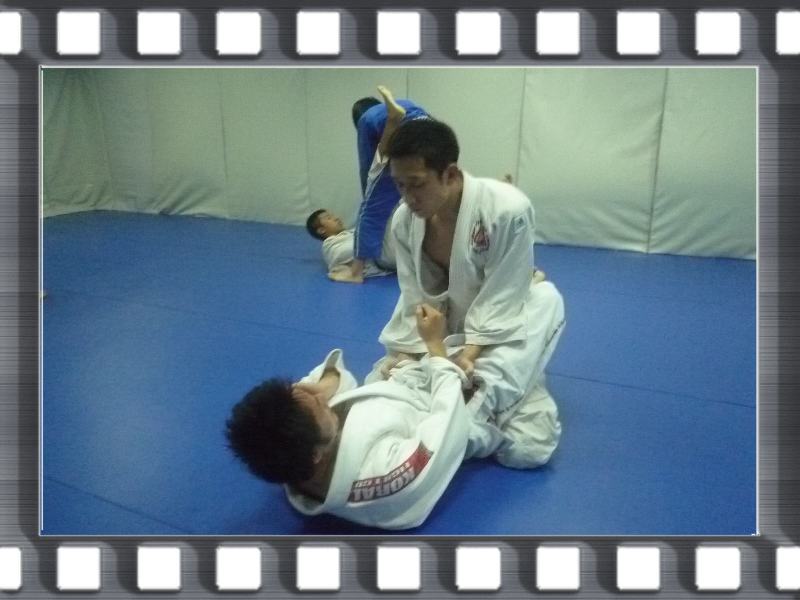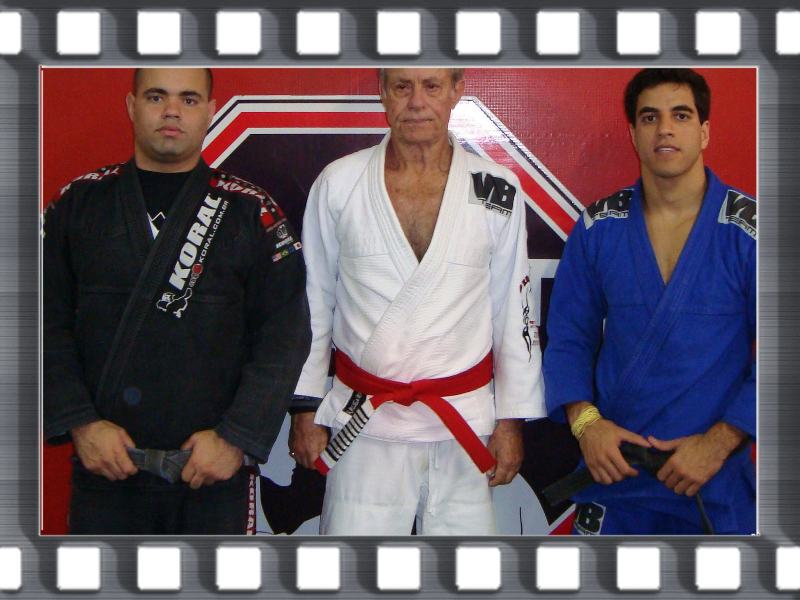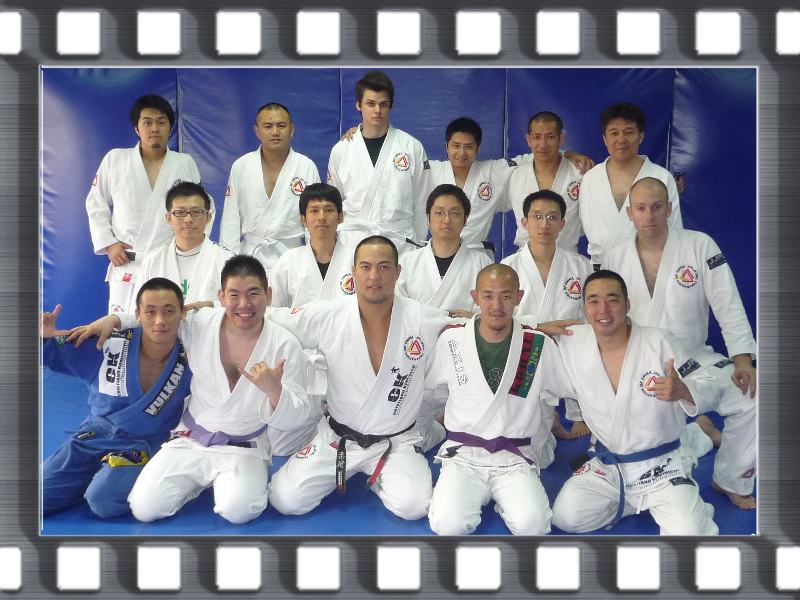- 【history of Brazilian Jujitsu】
- The origin of Jujitsu can be traced back to about 2000 BC, in the now popular Brazilian Jujitsu fighting the use of many technologies, can be in the traditional Chinese martial arts, India, Greece arena techniques, fighting skills of Egypt, Mesopotamia fight found traces of surgery. In fact, the famous Cheops pyramid in Egypt, there are a lot of the murals, which depict the martial arts and modern technology of the same Brazilian Jujitsu. Some scholars speculate: Chinese martial arts from Asia, such as spread by the monks and soldiers to the world. These feudal rulers fighting technology used on the battlefield, warriors are good at martial arts class. Brazilian Jujitsu from Japan's jujitsu, jujitsu has a lot of fighting techniques, including beating, casting, joint technical skills and strangulation. "Jujutsu" the meaning of jujitsu as "soft laws", which applies to all Japanese martial arts system, "Sophie," namely, the use of flexibility. Jujitsu is to fully utilize the characteristics of a lever, rather than with their rivals resistance Kubinek. Jujitsu practitioners have chosen to use technology to allow its opponents to yield or physical exhaustion, and ultimately their uniforms. However, in the ancient jujitsu fighting was regarded as a secondary operation. Because most of the first to use samurai swords, sword and surgery as the most important martial arts. Therefore, the formation of a variety of Japanese jujitsu fighting system, the most primitive part of the respective embodiment of the technology and strategies.
- There are two examples, judo, focusing on the throw; and the importance karate kicks, playing. In the Edo period (1603 ~ 1867), with the end of the civil war in Japan, began to slip jujitsu. After several centuries of war, warriors who have been proficient in martial arts, make the war more exquisite artistry. Emergence of the working class, jujitsu has become a necessity for day-to-day, many of the application of technology in daily life began to happen, had to use on the battlefield of self-defense is now a common gaming house, market, restaurant use. The 19th century, jujitsu has become the shape of the hand fighting techniques, used against armed or unarmed opponents, while others focus on twisting on the ground fighting, kicks some importance. The 19th century, Japan has a total of more than 700 kinds of martial jujitsu. War on jujitsu great impact on the development, operation will become a martial arts fighting, and the innovations brought about by technology. Due to the lack of real opportunity, a lot of jujitsu factions began to lose their relevance. There is no war, and the samurai class of martial arts fighting is no longer necessary, the rest is just self-defense in daily life. Many jujitsu schools began to implement realistic training methods, while others only jujitsu schools closed down. After the revival of the Meiji (1868 ~ 1912), the nature of combat jujitsu muffler in Japan is almost inhumane, it is fortunate that there are several well-respected jujitsu master will be lost from the brink of rescue.
- 【Tian former World and Gracey - Brazilian Jujitsu origins】
- Tian jujitsu master before the ground fighting of the World will be introduced
to the Brazilian law. Maeda as the "fighting Count", is an ancient
Kodokan jujitsu and judo experts. Maeda is very good at fighting, and to
participate in a variety of competitions to test his skills, he often participated
in the fighting tournament Keys. He is a smaller, 5 feet 5 inches tall
and weighing 154 pounds, in spite of this, his skills, is said to lose
his life only once. In 1914, commissioned by the Government of Japan, Maeda
went to Brazil to help the establishment of Japanese immigrants and immigration.
At this point he was the help of castor Gracey, who is a strong political
background of the successful businessman. Maeda with the Scottish immigrants
to become good friends, so, jujitsu their knowledge to the sons Gracey.
Carlos Gracey (1902 ~ 1994), was 17 years old, the eldest son for the castor
to receive training Maeda. Records show Carlos Maeda learning with limited
time, only two years to four years. In such a short period of time in order
to become a jujitsu master, it seems impossible. From the historical record,
the former fields of gresy two brothers taught the basic skills of jujitsu,
twisted bucket should have won the overall strategy and methods of fighting
and control. Maeda these strategies is their participation in fighting
to gain unlimited experience. In addition, they used gresy Maeda training
methods - free fighting training, and the use of real war fighting is the
test of practical philosophy of technology. However, many jujitsu and application
in actual combat, is the development of their own Gracey. Carlos taught
jujitsu to his brother more than奥斯瓦, castor, Joachim, and Elio尤葛. In 1925,
in Rio Gracey Gracey De Janiero established schools. Maeda continues to
travel in Brazil and around the world, and young gresy technical details
are worked out, Maeda Gracey would not have thought would come to the fore
and become the greatest of modern fighting systems. Carlos retirement began
to do their brothers and brokers, "as a nutritionist," developed
"thin gresy Act." Elio Gracey (1908-present) is the smallest
brother. He is very thin, often dizziness. The doctor will not allow him
to carry out intense campaigns. Elio Carlos discipline by often to see
my brother were practicing jujitsu. One day, cards can not drop-downs to
a separate training for students, Elio voluntary substitute for his brother,
Elio use technology to make up for their lack of strength. The learners
were impressed Elio technology, from the formal requirements of Austria
Ellis taught him. When the professor, Elio found a lot of great small g
technology. At that time, a lot of technology in the real fight is not
tested. Elio transformation of these technologies to suit like him are
fighting a smaller (140 pounds). He added the new technology, removal of
those who need a lot of combat forces or not practical technology. With
the same Maeda, Gracey brothers and an open challenge to all door-to-door,
regardless of weight, open-time. On one occasion, Gracey was the most famous
in Brazil newspaper ads: "If you want to badly beaten, bones broken
folding bars, you can contact us Gracey."
Unlimited fighting almost no rules and time constraints, only the
unrestricted fighting opponents or let him down before the end of the surrender.
Gracey received more severe challenges and techniques used by the test in actual
combat. In Austria, led by Ellis, Gracey brothers and keep abreast of the most
direct and effective way to deal with the enemy. Austrian brothers Ellis become
the most powerful players - the family title. He became a reformer, the
development of new technologies and strategies to complete from the "Japanese
jujitsu" to "Brazilian jujitsu" evolution.
Elio participated in the career game, he challenges the Japanese judo,
jujitsu player, professional wrestler, boxer and street fighting expert. He is
the first in the Western world in 1932, defeated Japan's jujitsu jujitsu master
Namiki home.
This is his first jujitsu competitions, is the first time to wear clothes
jujitsu competitions. Namiki O Ellis on the ground with twisted together, ring
tone a few seconds after the shooting to identify service Namiki. Austrian Ellis
has also been the longest in the modern game. His students with his previous
game, the game as long as 3 hours and 45 minutes, the middle without a break. He
also had boxing champion Primo challenges Carnera and Ezzard Charles, and world
champion Joe Louis and later Muhammad Ali.
- 【modern Brazilian Jujitsu 】
- Gracey fighting system, the greatest innovation is its development of the
strategy closest to the real fight will be fighting on the ground. Gracey
have accumulated a great deal of information, and its strategy to fight
in a real validation. They found that the majority of fights end of the
last on the ground. Especially in dealing with well-developed muscles than
you, a lot of weight in excess of your rivals, you will gresy found that
opponents took the floor, his arms - beating and kicking will be greatly
diminished. Advanced fighting strategies that allow Brazilian Jujitsu fighter
fighting in the number of unrestricted race victory to the world's fighting
system has been accepted. Gracey had to deal with trying to find solutions
to all martial arts: How to create a fighting system that are effective
against any opponent, so that all receive the same training effect. Jujitsu
as a result of their occupation, Gracey have spent a lot of time learning,
training several generations of technology, as amended, will be fighting
on the generation of knowledge to the next generation. Gracey home all
the people is weak, the lack of power, usually seen as negative factors,
but it will be forced gresy to maximize technology development so that
they are relying on technological superiority, rather than the power to
obtain victory. Because Gracey Gracie jujitsu is the common development
of their family members who possess a lot of free space. They do not have
to consult a tutor or Grandpa. If a technology is playing in the real fight
is not practical, it will be modified or even abandoned. Gracey practicality
for the core of jujitsu. Each technology are able to verify the real fight.
Any moral, social, ideological concepts are not about the direction of
the research Gracey. They are convinced that in a real fight "is a
practical test of the only martial arts standards." Experienced a
lifetime of fighting, Elio Professor Gracey still jujitsu in Brazil. Despite
nearly 90 years old, he continues to spread his jujitsu as a way of life,
and now in the world, known as the "Brazilian Jujitsu."
|








